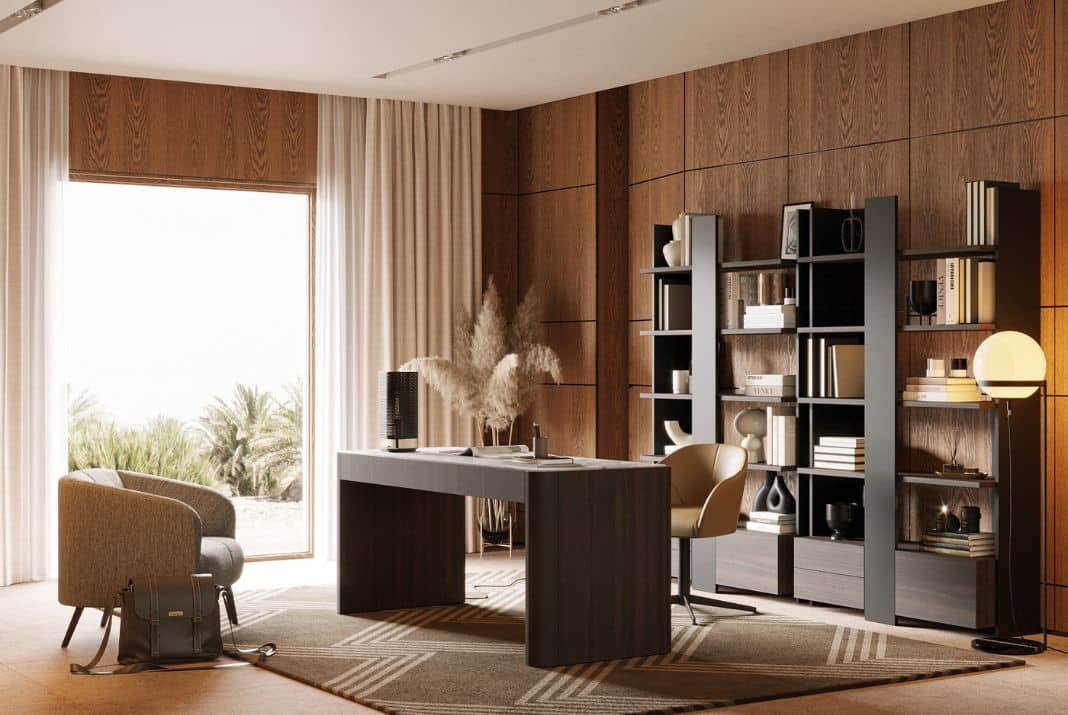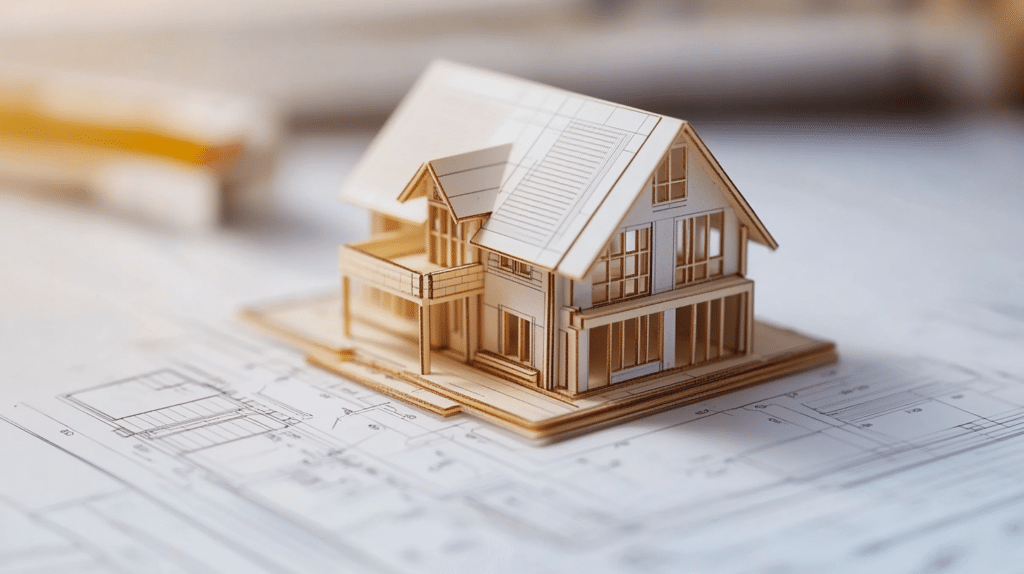Home design isn’t just about choosing materials and layouts—it’s about creating spaces that feel right. Clients often come to the table with a mix of practical needs and emotional desires, whether it’s a home that feels welcoming, energising, or calming. Understanding the psychology behind these preferences helps builders and designers deliver homes that don’t just function well but truly resonate with their owners.
How Clients Make Design Decisions
Clients don’t always have the language to articulate why they prefer one design over another. Many of their choices are influenced by subconscious factors like personal experiences, cultural backgrounds, and even psychological principles.
This is why it’s essential to guide clients through the decision-making process with clear visuals, real-life examples, and well-organised project planning. Using software for construction management helps professionals streamline communication, manage budgets, and ensure that client expectations align with what’s realistically possible within the project scope. When clients have clarity on timelines and costs, they can focus on making thoughtful design choices rather than feeling overwhelmed by logistics.
The Emotional Impact of Home Design

Every space in a home has the potential to influence mood, productivity, and overall well-being. Here’s how different design elements play a role in shaping emotions and behaviours:
1. Colour Psychology in Home Design
Colours have a direct impact on emotions. While some clients may choose colours based purely on aesthetics, it’s important to explain how different shades can affect mood and energy levels:
- Blue and Green – Calming and restful, often used in bedrooms and bathrooms
- Yellow and Orange – Energising and warm, ideal for kitchens and dining areas
- Neutral Tones – Create a sense of balance and can be easily adapted with decor
- Dark Colours – Can make a space feel cosy and sophisticated but might also feel overwhelming in large doses
Helping clients choose colours that align with the atmosphere they want can improve their long-term satisfaction with the space.
2. The Role of Natural Light
Homes with plenty of natural light tend to feel more inviting and spacious. Exposure to natural light has also been linked to better mental health and improved sleep patterns.
When designing a home, consider:
- Maximising window placements to enhance daylight
- Using skylights or glass doors to bring in additional light
- Choosing reflective surfaces to distribute light more evenly
For clients who prefer a cosy, dimly lit atmosphere, options like layered lighting or smart dimmable fixtures can offer the best of both worlds.
3. Space and Flow: The Feeling of Movement
A home’s layout significantly impacts how people feel when they move through it. Open floor plans, for example, create a sense of connectivity, while defined spaces provide structure and privacy.
Clients often struggle to visualise how a layout will feel in real life. Builders and designers can help by:
- Providing 3D models or walkthroughs of potential layouts
- Discussing how different configurations affect movement and daily activities
- Ensuring there’s a balance between open gathering areas and private retreats
4. Textures and Materials That Influence Comfort
The way a home feels underfoot or to the touch contributes to its overall warmth and appeal. Soft materials like plush carpets and upholstered furniture create a sense of comfort, while sleek surfaces like glass and metal add a modern, structured feel.
Encouraging clients to mix textures—such as pairing wooden floors with soft rugs or balancing stone countertops with warm lighting—can create a more inviting and layered design.
How Builders and Designers Can Align with Client Psychology

Understanding what clients want goes beyond listening to their initial requests. Often, they aren’t fully aware of the psychological reasons behind their preferences. Here’s how professionals can better align design with their needs:
- Ask open-ended questions – Instead of asking clients what colours or materials they like, ask how they want to feel in a space.
- Offer guided choices – Too many options can be overwhelming. Narrowing selections down to two or three well-curated options makes decision-making easier.
- Use storytelling – Describing how a space can improve daily routines or create a specific atmosphere helps clients connect emotionally with the design.
Bringing It All Together
A successful home design blends functionality with emotional comfort. Clients want spaces that work for their needs but also feel like an extension of who they are. Builders and designers who take the time to understand these psychological factors will create homes that aren’t just beautiful, but truly livable.
Using software for construction management ensures that the creative vision aligns with practical execution, keeping projects on schedule and within budget. When clients feel heard, supported, and informed throughout the process, they’ll not only love the final result but also appreciate the journey of bringing their dream home to life.

